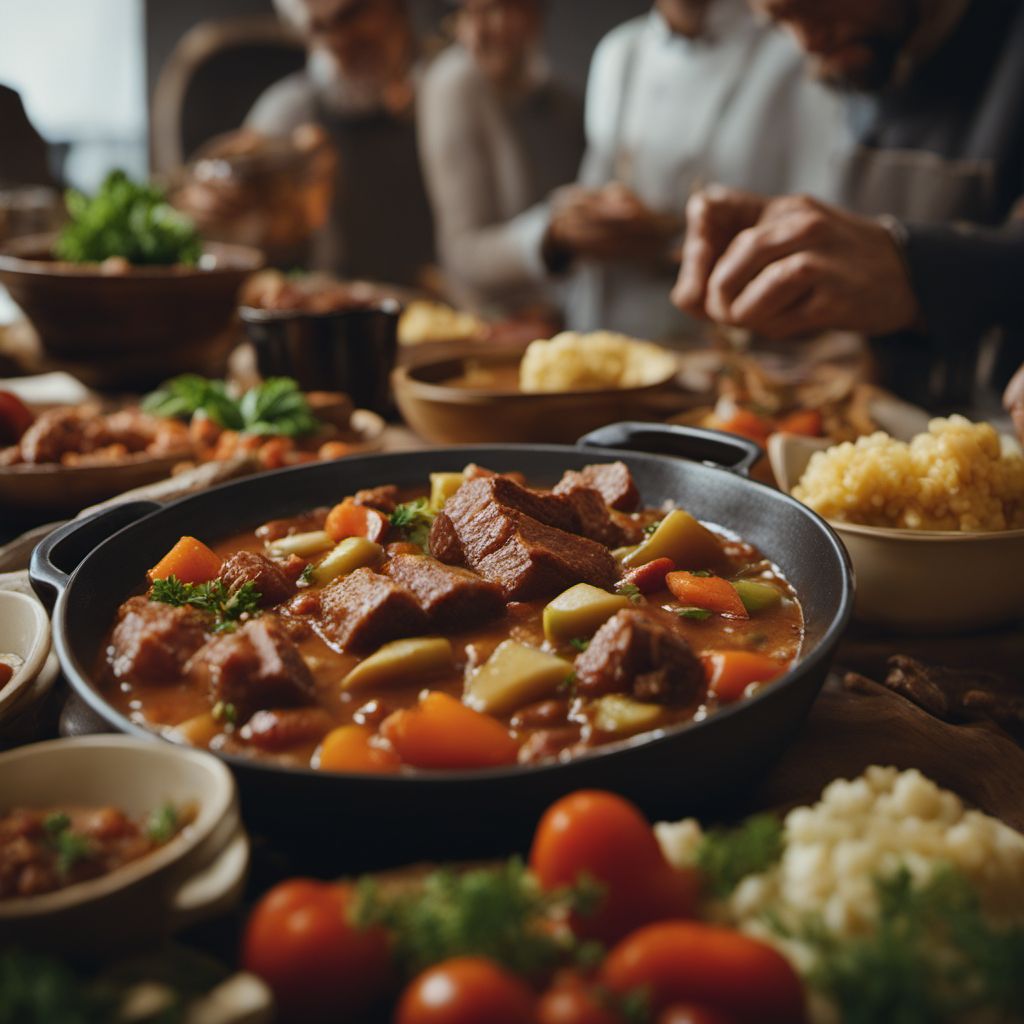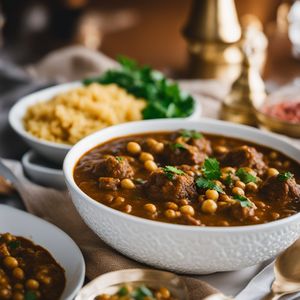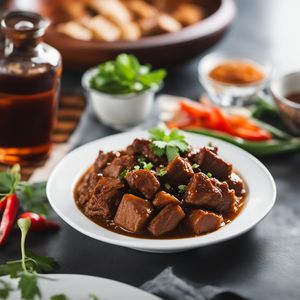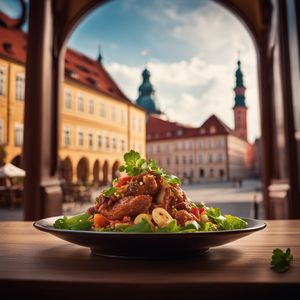
Dish
Pichelsteiner
German Meat and Vegetable Stew
Pichelsteiner is made with a variety of meats, including beef, pork, and chicken, as well as potatoes, carrots, and onions. The stew is seasoned with bay leaves, thyme, and marjoram, and is typically served with a side of bread. This dish is high in protein and carbohydrates, making it a great meal for athletes and active individuals. It is also a good source of vitamins and minerals, including vitamin C and potassium.
Origins and history
Pichelsteiner is believed to have originated in the Bavarian region of Germany in the 18th century. It was traditionally made by farmers who would use whatever ingredients they had on hand. The dish was named after the Pichel, a large earthenware jug that was used to cook the stew.
Dietary considerations
This dish is not suitable for vegetarians or vegans, as it contains meat. It is also not recommended for individuals with high blood pressure or heart disease, as it is high in sodium.
Variations
There are many variations of Pichelsteiner, with some recipes calling for the addition of sauerkraut or mushrooms. Some versions also use lamb or venison instead of beef and pork.
Presentation and garnishing
Pichelsteiner is typically served in a large bowl, with the meat and vegetables arranged in an attractive manner. The stew is often garnished with fresh herbs, such as parsley or chives.
Tips & Tricks
To make Pichelsteiner, it is important to use high-quality meats and fresh vegetables. The stew should be cooked slowly over low heat to allow the flavors to meld together. Leftovers can be stored in the refrigerator for up to three days.
Side-dishes
Pichelsteiner is typically served with a side of bread or dumplings.
Drink pairings
Pichelsteiner pairs well with a variety of beers, including lagers and pilsners. It also goes well with red wines, such as Cabernet Sauvignon or Merlot.
Delicious Pichelsteiner recipes
More dishes from this category... Browse all »

Aab gosht
Indian cuisine

Abgoosht
Iranian cuisine

Adobo
Filipino cuisine

Adobo sa gatâ
Filipino cuisine

Adobong baboy
Filipino cuisine

Adobong baka
Filipino cuisine

Adobong dilaw
Filipino cuisine

Adobong hito
Filipino cuisine
More cuisines from this region... Browse all »

Baden cuisine
Savory, Hearty, Tangy, Smoky, Sweet

Bavarian cuisine
Savory, Hearty, Tangy, Sour, Sweet

Brandenburg cuisine
Savory, Earthy, Hearty

Franconian cuisine
Hearty, Savory, Flavorful

Hamburg cuisine
Light, Flavorful, Fresh

Hessian cuisine
Hearty, Savory, Flavorful

Lower Saxon cuisine
Savory, Hearty, Salty, Sour, Sweet

Mecklenburg cuisine
Fresh, Simple, Rustic, Savory
